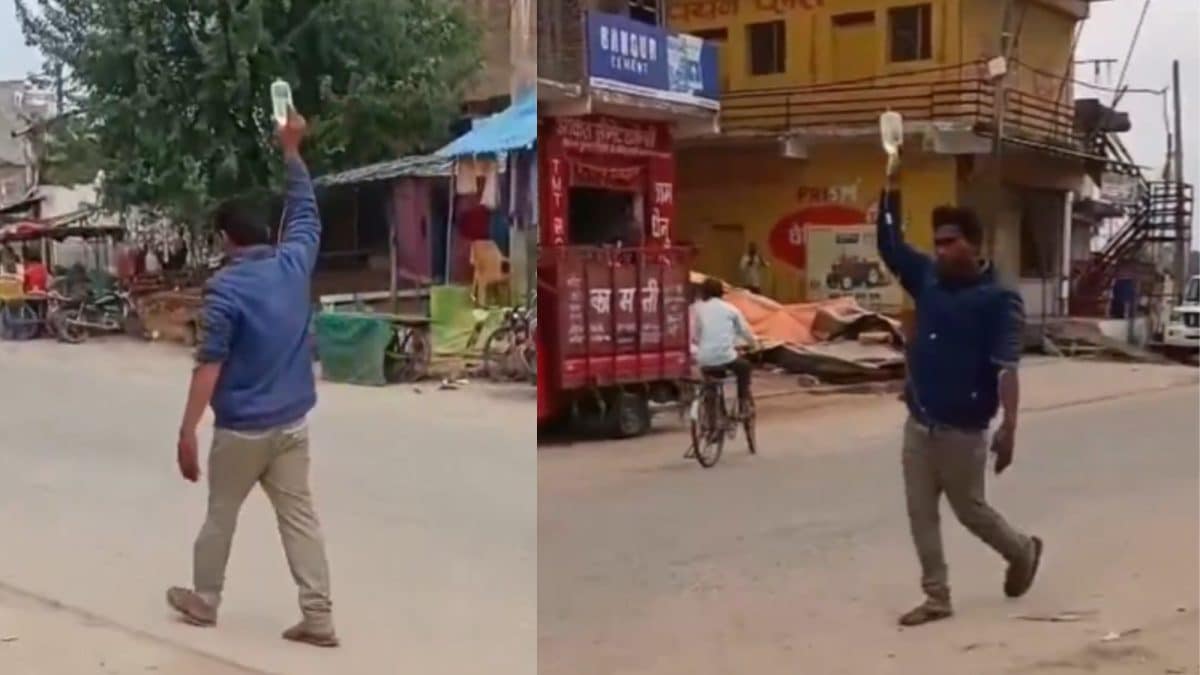ARTICLE AD BOX
In a first-of-its-kind statewide sweep across Tamil Nadu’s farm belt, a Lancet Regional Health – Southeast Asia paper reports that “the prevalence of chronic kidney disease among agricultural workers in Tamil Nadu is 5.31%, with about half of these due to CKDu (Chronic Kidney Disease of Unknown Etiology)” – a puzzling form of the disease not explained by diabetes or high blood pressure. The research, published in The Lancet Regional Health – Southeast Asia, spans 3,350 adults and two rounds of testing timed to the state’s heat cycle.
Led by co-first authors Natarajan Gopalakrishnan, Subramaniam Sudharshini, Ramanathan Sakthirajan and others, the researchers had a simple brief: go village to village, measure health carefully, and come back three months later to confirm what lasts. How they did it is central to what they found. The researchers “divided the state of Tamil Nadu into five agroclimatic zones and used stratified multi-stage cluster sampling… to select a representative study population.”
Every participant had a clinical exam and lab tests (Phase 1). Those whose first blood test suggested trouble were invited back three months later (Phase 2) to verify whether the problem persisted. As per global rules, chronic kidney disease (a long-term loss of filtering ability) must last at least three months to count.
The key lab yardstick was an estimate of filtering strength derived from blood creatinine, reported as the estimated glomerular filtration rate (a number that falls when kidneys can’t clear waste efficiently).
The two-step design changed the story. In the first sweep – August, the state’s “second summer” – 584 people (17.43%) looked abnormal. Three months later, in cooler December, only 178 still had low filtering numbers. “Among 3,350 participants who were screened, the number of participants with eGFR ≤60 mL/min per 1.73 m² at the end of Phase 1 and Phase 2 was 584 and 178, respectively,” the paper said. That is how the confirmed prevalence lands at 5.31%.
As for the 406 people whose numbers improved, the authors call it “transient subclinical (acute kidney injury)” – in plain terms, a short, symptom-free hit to the kidneys that later recovers. “These episodes of transient subclinical AKI could potentially contribute to (long-term disease),” the paper said. Most such episodes were mild, but repeated small hits can push some people from health into lasting damage.
Who is most at risk? The study reports that “the factors that were significantly associated with (kidney disease) were increased age, diabetes, hypertension, absence of formal education, anaemia, smokeless tobacco use, and weekly hours of outdoor work.”
The heat impact
Story continues below this ad
Heat emerged as a plausible driver. Instead of placing thermometers in every field, the team modelled a body-focused heat index called the Universal Thermal Climate Index, which is a single “feels-like” number that blends air temperature, humidity, wind, sun, clothing, and activity. The researchers counted days when the index exceeded 38 °C, a level they describe as “very strong heat stress.”
The map of heat lined up with the map of disease. In August, very strong heat was widespread in the north-east and south zones, while the north-west was cooler. The paper reports that the highest confirmed prevalence, about 7.7%, was in the north-east; the lowest, about 2.16%, was in the north-west. Statewide, the first blood draws occurred during the hotter month; the second, during the coolest – mirroring the large swing between initial abnormalities and confirmed, persistent disease.
Symptoms offered little warning. Only 1.64% reported swelling or other signs of fluid overload, and while about 12.94% said they woke to urinate more than twice nightly, that signal didn’t clearly separate those with and without confirmed disease in this sample.
At one point, the study reads like a focused public-health to-do list. “Health policies aimed at yearly measurement of serum creatinine and urine albumin-creatinine ratio among agricultural workers to identify hotspots… are needed.” They also call for “interventional studies targeting daily time of exposure to hot environments based on (the heat index)… to guide work-hour regulation,” along with expanded education access and tobacco-cessation programmes to reduce risk in the long run.
The caveats
Story continues below this ad
The study is a statewide snapshot with rigorous three-month confirmation, not a long-term follow-up. Ultrasounds and biopsies were not done for everyone; urine albumin-to-creatinine was not analysed across the board; and the team did not measure field heat or chemical exposures on site. The paper is candid: “There are some limitations… (the study) was not explicitly designed to measure environmental exposures such as heat stress… or agrochemical use… (and) their exclusion limits the ability to establish causal pathways.”
Although the relationship between heat stress, number of hours of outdoor work, and kidney disease is not proven beyond doubt, various occupational safety agencies such as NIOSH and European Agency have already issued guidelines on water, rest, and provision of shade (in India, we additionally need provision of toilets) in hot-environment work exposure, said Dr Sakthirajan, one of the first authors from MMC, and a senior nephrologist and renal specialist in Chennai.
“According to them, provision of at least 750 ml of water at 10-15°C for every hour of work in extreme heat stress and 15 minutes of rest is important to mitigate heat stress. Although we need to confirm these strategies in future studies, the government should consider providing WRS (work-related stress) in the workplace as a policy decision, similar to urban rest places for gig workers,” he told The Indian Express.
The landmark study, driven by clinic anecdotes and small field projects, had a representative, door-to-door survey with repeat confirmation during a hot-to-cool season break, and its numbers are direct and significant for policy: one in 19 agricultural workers has confirmed chronic kidney disease; about half lack a standard medical explanation; and short, silent kidney hits cluster in the hottest month.
Story continues below this ad
The paper concludes that “the prevalence of (disease) among agricultural workers in Tamil Nadu is 5.31%, with about half of these due to (cases without the usual causes). The effect of transient subclinical (short-term injury) on (long-term damage) needs further study.”









 English (US) ·
English (US) ·